18620
Hips Tested
4192
Elbows Tested
2968
Thyroid Tests
2632
Eyes Tested
1669
Hearts Tested
Regrettably, life can be challenging, and witnessing our Vizslas facing illness and disease is difficult. However, there is a silver lining: modern breeders have access to numerous tests that furnish valuable health insights about the dogs selected for breeding. This information serves as a powerful tool, allowing breeders to mitigate the likelihood of inherited diseases in the puppies they produce to best of their ability.
Vizslas do have a history with hip dysplasia and other diseases. More information is provided below to help you understand what diseases could impact your Vizsla.
Reputable Vizsla breeders will, at a minimum, screen both the sire and dam for every disease recommended by the parent club for that breed and those results are publicly available in the database. The Vizsla Club of America is the parent club for the Vizsla in the United States. View the current panel of testing recommended here.
Inherited Diseases
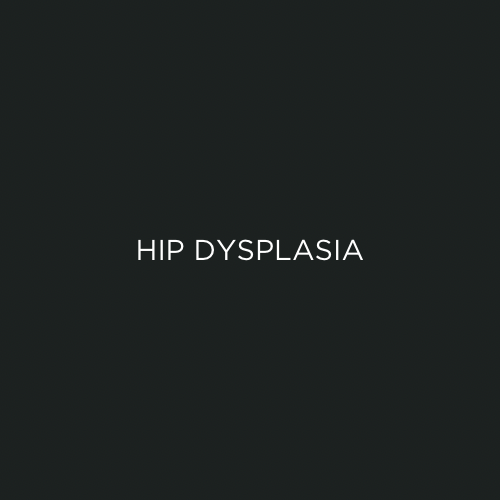
What is it?
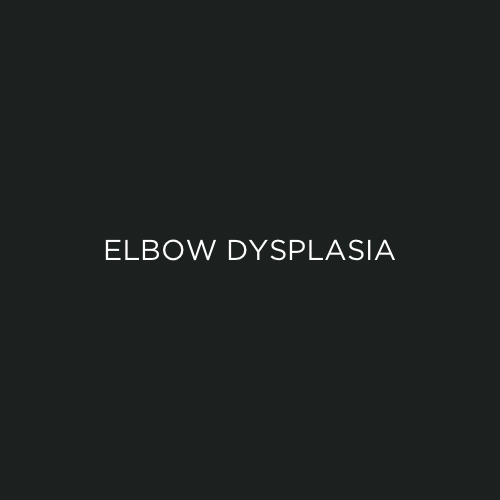
What is it?
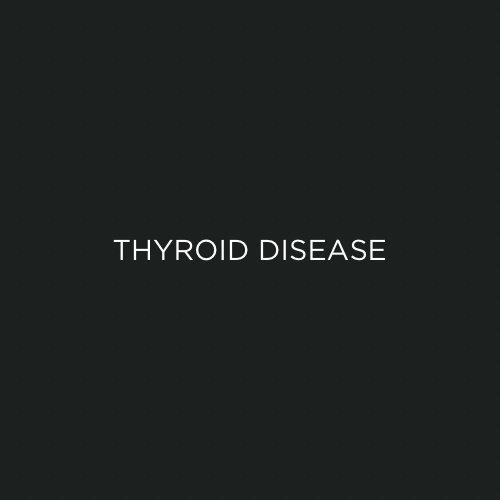
What is it?
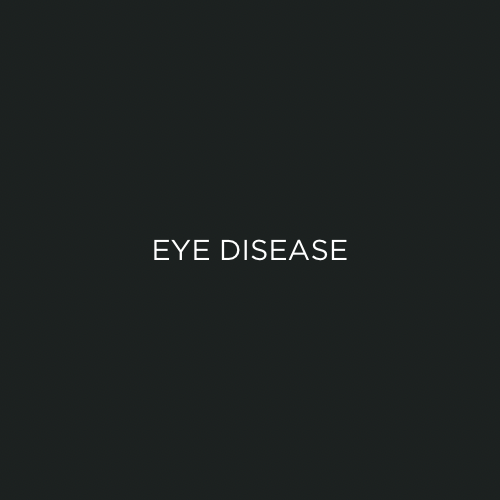
What is it?
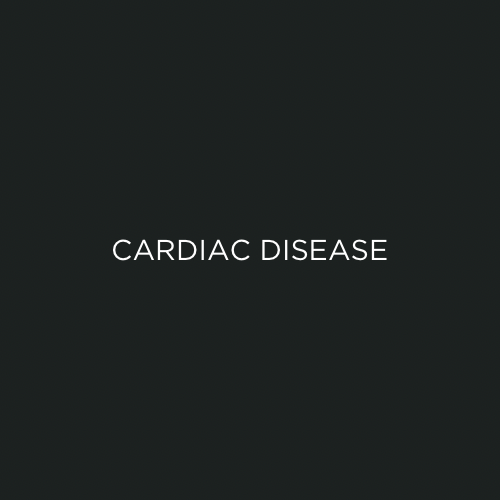
What is it?
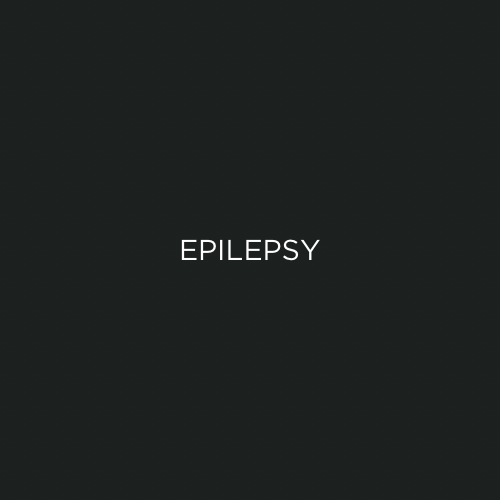
What is it?

What is it?

What is it?

What is it?

What is it?

What is it?

What is it?
Want to Read More?
Two registries are available to screen for hip dysplasia in dogs, the Orthopedic Foundation for Animals (OFA) and AIS PennHIP.
- PennHIP - AIS
- PennHIP and Vizslas
- Hip Dysplasia in Dogs - Merck Veterinary Manual
- Hip Dysplasia in Dogs by Parnell & AKC
- Hip Dysplasia in Dogs by VCA Hospitals.
One registry is available to screen for elbow dysplasia in dogs. It is the Orthopedic Foundation for Animals.
- Canine Elbow Dysplasia by the American College of Veterinary Surgeons
- Elbow Dysplasia in Dogs - Merck Veterinary Manual
- What is Hypothyroidism? by OFA
- Thyroid Disease in Dogs by AKC
- Hypothyroidism in Dogs by VCA Hospitals
- Disorders of the Thyroid Gland in Dogs - Merck Veterinary Manual
The Blue Book by AVCO
- Cardiac Database in OFA
- Congestive Heart Failure in Dogs by VCA Hospitals
- Heart and Blood Vessel Disorders of Dogs by Merck Veterinary Manual
Unfortunately there are some diseases, such as epilepsy, that impact Vizslas for which no screening test is available.
- Congenital and Inherited Disorders of the Nervous System in Dogs - Merck Veterinary Manual
- Candidate genes for idiopathic epilepsy in four dog breeds
- Clinical characteristics and inheritance of idiopathic epilepsy in Vizslas
- International Veterinary Epilepsy Task Force's current understanding of idiopathic epilepsy of genetic or suspected genetic origin in purebred dogs
If you are interested in having your Vizsla participate in an Idiopathic Epilepsy study, check out the University of Minnesota's study.
The articles listed below provide more information about other diseases that impact the Vizsla.
Visit the VCA Welfare Foundation Resources page for more information.



